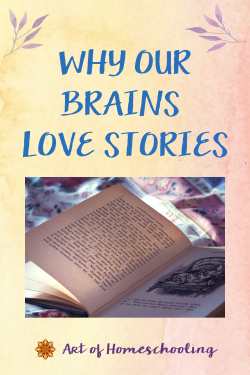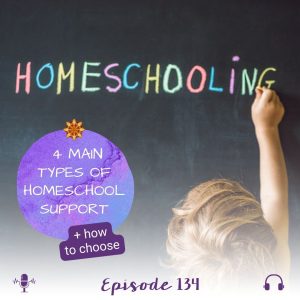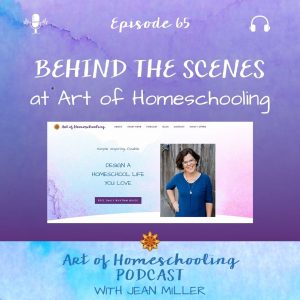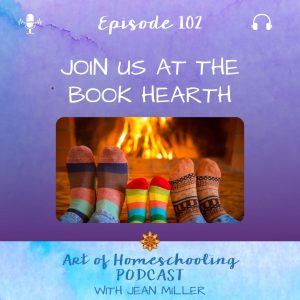We all love a good story. Stories capture our hearts and engage our imaginations. But what about stories and our brains?
Turns out, stories are good for our brains, too!

When I was a little girl, my favorite story was about Winnie-the-Pooh and Piglet. The two of them are standing on a bridge, and then they throw a stick over. They run to the other side to watch the stick come floating under the bridge and on downstream.
I think the magic of this story for me is that moment the stick disappears while the two friends run to the other side of the bridge, ever hopeful that the stick will come through.
They wait, but at first see nothing. Then suddenly, the stick reappears and slowly floats away while Pooh and Piglet look at each other and smile.
So simple really. Characters, action, a moment of tension or anticipation, and then resolution.
But there is always a message and an emotion that sticks after a good story.
This simple story of Pooh and Piglet reminds me that even when we can’t see what we’re looking for, it’s still there. Sometimes we just have to wait a few moments. (Or a few months!) And the waiting is always better with a friend. 😊
How is it that stories can have such a powerful impact on the way we live our lives?
Here’s a great article about the science of stories from the website Daily Good: News that Inspires ~ How Stories Change the Brain. This article explains how stories grab us.
And once a story captures our attention for long enough, we begin to empathize with the characters and something called “empathy transportation response” occurs.
“Stories are an effective way to transmit important information and values from one individual or community to the next. Stories that are personal and emotionally compelling engage more of the brain, and thus are better remembered, than simply stating a set of facts.”
In every culture, stories are passed on to help preserve its history.
For centuries, stories have been shared for multiple purposes: entertainment, education, cultural preservation, and instilling values.
In Waldorf education, stories deliver the curriculum!
In the early elementary grades, it’s through fairy tales and legends.
And in the middle school years, it’s more through biography.
Here is Steiner’s original list of Story Content for Each Grade.
Throughout the Waldorf curriculum, both character development and the transfer of knowledge are happening simultaneously.
Another benefit of stories is that they also create a connection between reader or teller and listener.
Steiner said that story is part of the teaching. And that “teaching is communication from soul to soul.” This is the heart connection that is an essential part of the Waldorf approach.
I just love this image about how stories connect us, one to another.
“A story is like a line, a wire between the teller and the listener. Both people hold each end of it, and the story walks on that wire between them.” ~Donald Davis, author/storyteller
Looking for tips on reading stories to children? Here’s some advice from Steiner himself: Reading Stories to Children.
Good stories help us to remember, as well.
So the next time you curl up on the couch to share a good story with your children, have confidence that important cognitive development is going on!
Our brains (and hearts) love stories.







